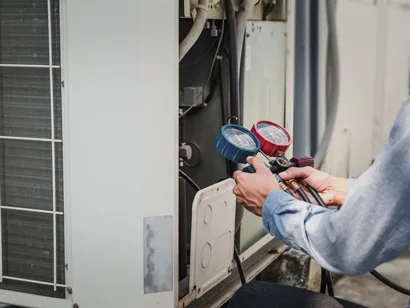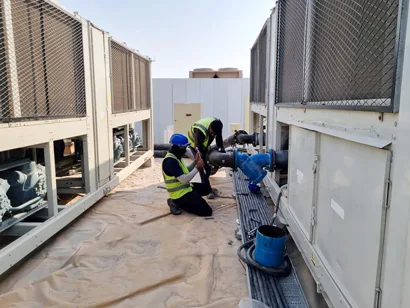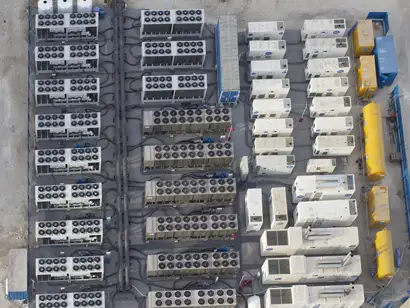
District Cooling Energy System: All about the cooling process
A district cooling energy system is a centralized system that uses chilled water to provide air conditioning to multiple buildings or a large area. These systems are designed to be more energy efficient and environmentally friendly than traditional air conditioning systems, which rely on individual units to cool each building.
District cooling systems typically consist of a central cooling plant, which produces chilled water, and a network of underground pipes that distribute the chilled water to the buildings or areas served by the system. The chilled water is used to cool the air in the buildings by running it through coils in the air handling units.
There are several benefits to district cooling systems. One of the main benefits is energy efficiency. Because the central cooling plant can be located in a place where it is more efficient to produce chilled water, such as near a cooling tower or a large body of water, it can take advantage of economies of scale and use less energy to produce the same amount of cooling. Additionally, district cooling systems are able to operate at a higher efficiency level than traditional air conditioning systems, which can result in further energy savings.
District cooling systems also have environmental benefits. They generate less air pollution than traditional air conditioning systems, and they can help to reduce the urban heat island effect, which occurs when the heat absorbed by buildings and pavement is released back into the atmosphere.
Overall, district cooling systems provide a more efficient and environmentally friendly way to provide air conditioning to multiple buildings or a large area.






